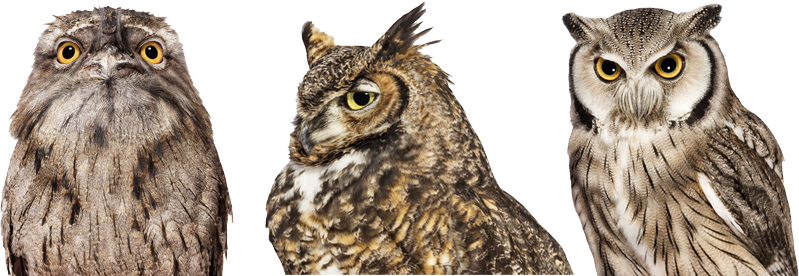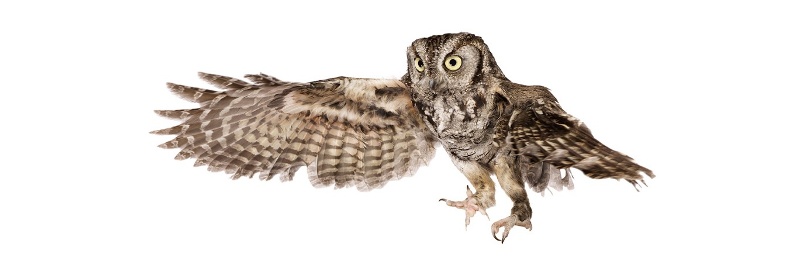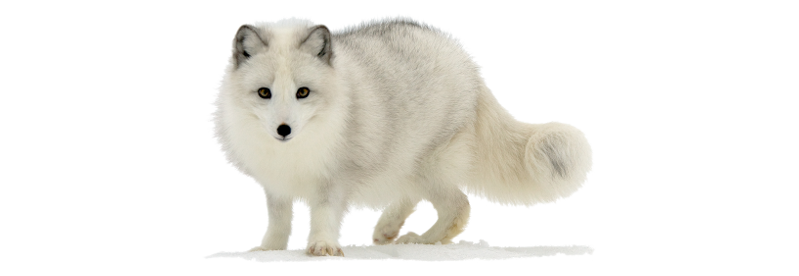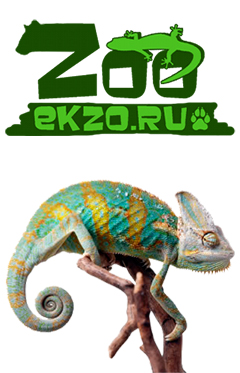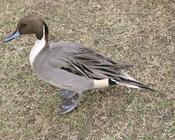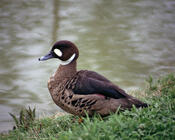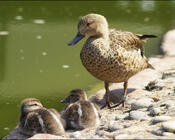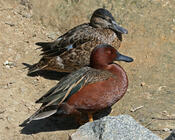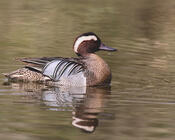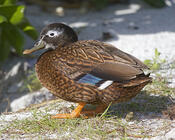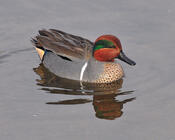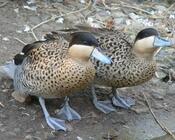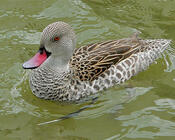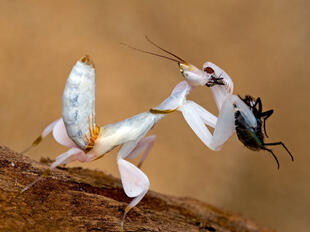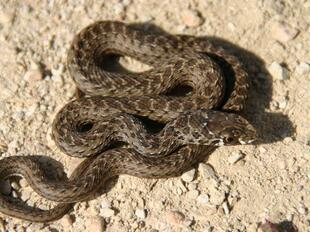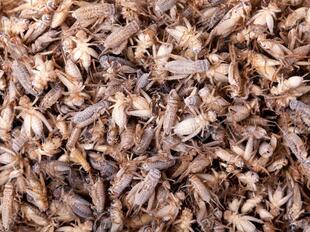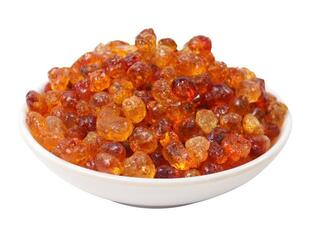Appearance
Ducks are smaller than their relatives (swans and geese). Ducks also have shorter necks and wings and a stout body.
The females have dull-brown feathers so that they can hide from enemies and predators. They can also camouflage themselves in their nests and also protect their young.
A male duck is called a ‘drake’, you can identify the male duck by its brightly colored feathers. They use these colored feathers to attract the female ducks for mating.However, they will lose or molt their colorful feathers when the females are busy hatching the eggs. The males will now look like the female in color and will be unable to fly temporarily. They will molt again in early autumn and get back their colorful feathers and be able to fly again. The females also molt. They replace all their feathers and get new ones after their ducklings are hatched.
Ducks have webbed feet, which are designed for swimming. Their webbed feet act like paddles for the ducks. The reason ducks can swim in cold water is their amazing circulatory system. Their blood vessels are laid out very close to each other in their legs and feet in a network that allows the warm and cool blood to exchange heat. This allows the warm blood going from the body into the feet to warm the cooler blood re-entering the body from the feet, and the blood going to the feet is cooled enough that the cold does not bother the duck. Thus the duck’s feet are able to tolerate the cold and not bother them.
A duck has water-proof feathers. There is a special gland called the ‘preen gland’ near the duck’s tail. This tiny gland produces oil which the duck uses to coat its feathers. The duck picks up the oil with its head and beak, and then smears it all over its body to make the outer feathers waterproof. Without this protective barrier, a duck’s feathers would become water-logged and because they spend their whole lives around and in water, this water-proof barrier is extremely important. Beneath the water-proof coat are fluffy and soft feathers which keep the duck warm.
The ducks mouth is called a beak or bill. It is usually broad and flat and has rows of fine notches along the edge called ‘lamellae’. The lamellae help the duck to grip its food so that it will not slip off. However, duck’s beak comes in different shapes and sizes. The shape of the beak and body determines how the duck will hunt for its food.
Distribution
The ducks have a cosmopolitan distribution. A number of species manage to live on sub-Antarctic islands like South Georgia and the Auckland Islands. Numerous ducks have managed to establish themselves on oceanic islands such as Hawaii, New Zealand and Kerguelen, although many of these species and populations are threatened or have become extinct.
Some duck species, mainly those breeding in the temperate and Arctic Northern Hemisphere, are migratory; those in the tropics, however, are generally not. Some ducks, particularly in Australia where rainfall is patchy and erratic, are nomadic, seeking out the temporary lakes and pools that form after localized heavy rain.
Diet
Ducks eat a variety of food sources such as grasses, aquatic plants, fish, insects, small amphibians, worms, and small mollusks.
Reproduction
Ducks usually look for a mate or partner in winter. Male ducks will attract the female ducks with their colorful plumage or feathers. The female ducks will then lead the male ducks to their breeding ground in spring. The breeding ground will usually be the place where the female duck was hatched.
The female duck builds her nest with grass or reeds or even in a hole in a tree.The male duck will guard their territory by chasing away other couples. Once the female lays 5-12 eggs, she will sit on her eggs to keep them warm so that they can hatch into ducklings. The male ducks on the other hand, will be with the other male ducks.
The eggs will hatch within 28 days normally.The mother duck will keep her brood of ducklings together to protect them from predators. Animals like the raccoon, turtles, hawks, large fish and snakes are a duck’s main predators and they will eat the ducklings. Ducklings are able to fly within 5–8 weeks. Their feathers develop very fast.
When the young are ready to fly, all the ducks will gather in flocks on large lakes, marshes or the ocean to migrate to their wintering home.
Ducks can live from 2–20 years, depending on species and whether they are wild ducks or ducks in captivity. It’s a fact that a wild duck can live 20 years or more. Domestic ducks typically live 10–15 years in captivity.
In captivity
Ducks can be kept and bred in any area. It is quite difficult to keep them only in areas with a very hot dry climate, especially in the absence of good reservoirs.
Daily ducklings up to two or three weeks of age are kept on a deep, periodically changed litter when using electric brooderhouses. Dry straw, sawdust, shavings, and sphagnum (moss) peat are used as bedding. Initially, the bedding is laid with a layer of at least 10 cm, and then periodically new bedding is added so that it is dry and not very polluted. The air temperature in the brooderhouse during the first week is maintained at 20-22°C, and directly under the brooders it is 28-30°C. After that, the air temperature in the room is reduced to 16-18°C and maintain at this level until the end of cultivation. In the southern regions of the country, ducklings can be kept in open fenced areas with a hard surface in the summer, starting from about three weeks of age. In the center of such a platform, feeders or a mechanized feed distribution line are installed. At a distance of about 3 m from the feed line to the edges of the site, they arrange ditches covered with a metal grate, under which drinkers are placed.
Open feedlots must be equipped with sheds that protect young animals from the sun and rain.
Ducks are hypersensitive to lack of oxygen and require more fresh air to enter the room (3-4 times more than chickens). Therefore, the room where they are kept should be well ventilated. However, such increased ventilation should not create drafts and reduce the optimal air temperature for ducklings of a particular age. Ducklings do not tolerate high humidity, so it should not exceed 70-75%.
At home and on small farms, it is more appropriate to use a combined type of feeding for adult ducks, using as much cheap feed of their own production as possible, and feeding the ducklings with moistened full-fledged mixes.
When feeding full-fledged granulated feed, their composition is normalized in terms of energy and the most important nutrients.
The composition of compound feeds includes cereals (corn, wheat, barley), wheat bran, sunflower meal and soy, peas, meat and bone meal, fish, feather and bone meal, technical fat, hydrolytic yeast, skimmed milk powder, herbal flour, shell, salt and premixes, which include the necessary vitamins and minerals. If necessary, add synthetic essential amino acids - usually lysine and methionine.
During the first day, ducklings are fed only steeply cooked duck or chicken eggs, which are finely ground with a knife or passed through a meat grinder before giving to birds.In the next two days, low-fat cottage cheese and small grains of corn or barley and oats, peeled off, are added to this egg "mince". From the fourth day, boiled meat waste is added into the feed mixture, and from the third to fourth-fresh finely chopped greens. From the beginning of the second decade, boiled potatoes are added into the diet, which can be replaced with up to half of the grain feed, giving 3 g of potatoes instead of 1 g of concentrates. It is better to give all food to ducklings in the form of moistened crumbly mixes with the addition of necessary mineral and vitamin supplements.
 Russian
Russian
 English
English








